Early Life and Education
Dr. James Craik’s journey began in Dumfriesshire, Scotland, where he was born. He pursued medical education at the prestigious University of Edinburgh, setting the stage for a remarkable career. After his studies, he served as a surgeon in the British Army, with postings in the West Indies, before making a life-changing move to the American colonies in 1751.
Military Service: From Scotland to Virginia
Upon arriving in Virginia, Craik initially settled in Norfolk, eventually moving to Winchester and Alexandria. His medical skills soon led him to join Joshua Fry’s Virginia Regiment as a surgeon in 1754. This period marked the beginning of his significant involvement in early American military conflicts, including the French and Indian War and the infamous Braddock’s expedition to Fort Duquesne.

Building a Bond with George Washington
The pivotal moment in Craik’s life came during the 1754 standoff at Ft. Necessity, where he served alongside George Washington. This shared experience under adversity was the foundation of their lifelong friendship. Craik’s dedication was further exemplified during the Battle of the Monongahela, where he attended to the injured, including General Edward Braddock.
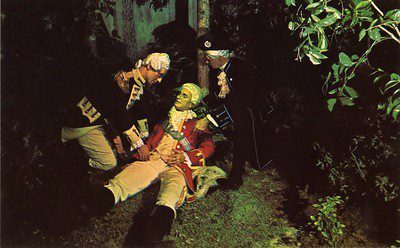
The 1770 Western Land Assessment Journey
In October 1770, Dr. Craik accompanied George Washington on a significant expedition to the Ohio territory. Starting on October 5th, this journey was pivotal for Washington to survey and manage lands awarded to veterans, an assignment he received due to his service in the French and Indian War. The trip was meticulously chronicled in Washington’s journal. It offered a window into their experiences as they revisited past exploration sites and engaged with local leaders and Iroquois chiefs to secure land claims. This venture into the wilds of Ohio solidified Craik’s role as Washington’s personal physician and as a trusted confidant in frontier politics and land management.
Washington’s daily accounts can be explored at Founders Online for more detailed insights into their journey.
Foundations in Port Tobacco: Dr. Craik’s Early Career and Community Ties
Upon leaving the military in 1756, Dr. James Craik chose Port Tobacco, Maryland, as the seedbed for his medical practice, nurturing a thriving career. His life intertwined with the Washington family when he married Mariamne Ewell at Bel Air Manor, a site George Washington was known to visit. As they built their family, the Craiks became integral to their community, contributing socially and economically.
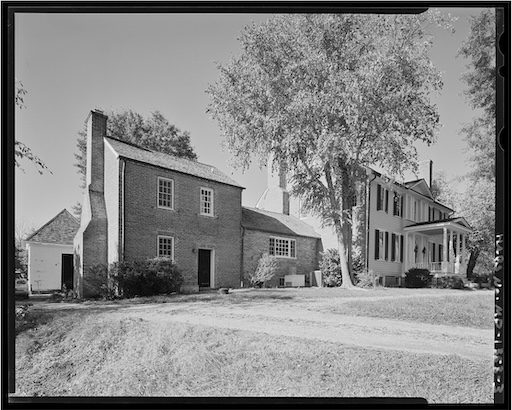
Role in the Revolutionary War
In 1774, recognizing his exceptional medical abilities, George Washington brought Dr. James Craik into the ranks of the Continental Army. He took on the role of Assistant Director General of the Middle Department and, in 1781, ascended to the position of Chief Physician and Surgeon of the entire Continental Army.
Dr. Craik’s medical prowess was evident throughout his service as he tended to key figures, including the Marquis de Lafayette after the Battle of Brandywine and General Hugh Mercer, who was mortally wounded at Princeton. Additionally, he cared for John Parke Custis “Jack,” Martha Washington’s son and Washington’s aide-de-camp. Despite Dr. Craik’s diligent efforts, Jack succumbed to “camp fever” in November 1782, a loss that profoundly affected the Washingtons. Dr. Craik’s dedication throughout the war underscored his crucial role in the Continental Army and the personal tragedies of war.
Defending Honor: Dr. Craik’s Role in the Conway Cabal
During this tumultuous time, Dr. Craik’s allegiance to Washington was put to the test. In the face of conspiracy, he swiftly apprised Washington of the clandestine discussions, bringing to light a critical letter from Conway that cast aspersions on Washington’s leadership. This decisive action was instrumental in disarming the Conway Cabal. As the conspiracy unraveled, Washington navigated the opposition, bolstered by enduring support, and emerged with reinforced leadership. Through this ordeal, Dr. Craik proved his loyalty and friendship with Washington built on mutual trust and respect.
A New Chapter: Dr. Craik’s Move to Alexandria
The year 1783 brought a significant change for Dr. James Craik, instigated by the death of Dr. William Rumney, the Washington family’s physician in Alexandria. George Washington recommended that he take over Rumney’s practice. Dr. Craik accepted the suggestion and moved to Alexandria, Virginia, with his family. This relocation was a crucial step in his professional life, entrusting him with Rumney’s patients and paving the way for his appointment as Washington’s physician. This position would later underscore his medical history role and connection to early American leadership.
Relationship with George Washington
Craik’s closeness to Washington was evident throughout his life. He was not only a companion on numerous expeditions but also attended to Washington during his final illness. In a testament to their friendship, Washington bequeathed Craik a secretary and circular chair in his will. Craik’s presence at Washington’s funeral as one of the Principal Mourners further highlighted their profound bond.
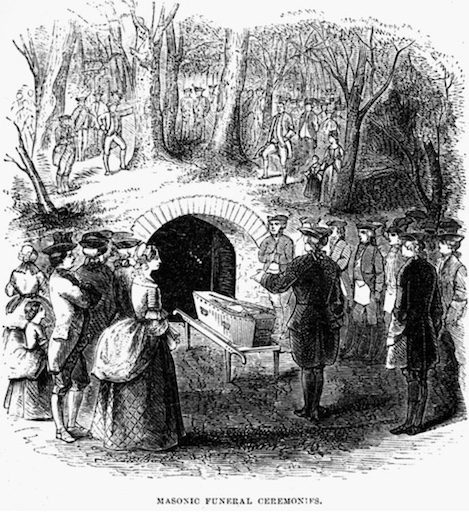
Controversial Aspects and Legacy
Despite his esteemed career, Craik’s life was not without controversy. He was a slave owner, a fact that reflects the complex societal norms of his era. However, his medical service was highly regarded, as acknowledged in Washington’s will. Craik’s influence extended beyond his relationship with Washington, evident in his involvement with the Society of the Cincinnati and his contributions to local infrastructure and banking in Alexandria.
Remembering a Remarkable Life
Dr. James Craik passed away in 1814 at his residence, Vaucluse, near Alexandria, which marked the end of a life shaped by military service, medical achievements, and a formative friendship with George Washington. He was laid to rest in the Old Presbyterian Meeting House churchyard, his burial site adjoining the church wall.
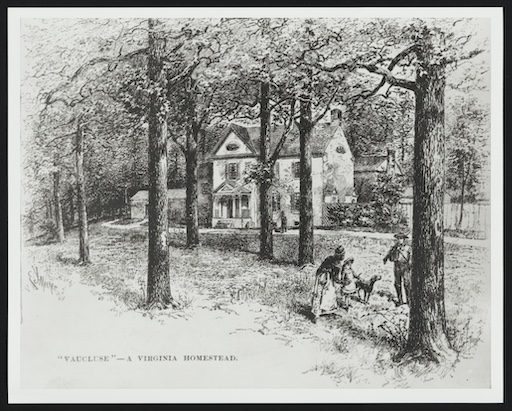
This initial grave, placed under a tombstone that later vanished amidst the turbulence of the Civil War, remained unmemorialized for decades. It was only after this conflict ravaged the nation that efforts were undertaken to formally honor Craik’s contributions. A restored gravestone was erected, etched with a tribute recognizing his role as “Chief Physician and Surgeon of the Continental Army.”
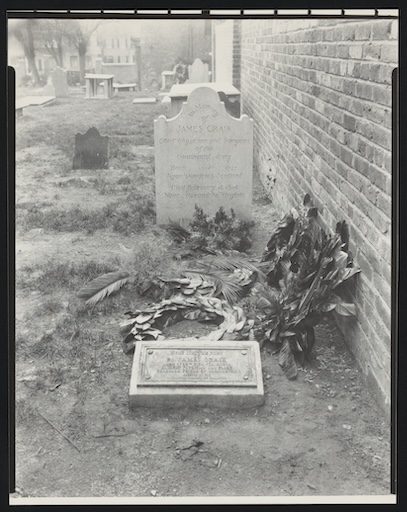
While the legacy of some Revolutionary War figures has been prominently memorialized, Craik’s essential role was at risk of being relegated to the footnotes of history. This belated gravestone, and other efforts since to recognize his friendship with Washington, have helped rediscover and preserve the story of a physician whose skills and loyalty helped shape the course of a nation during its most pivotal moments. The full extent of his impact is captured in Washington’s high praise for Craik in his will, echoing their profound personal and professional bond.
This restored memorial, even if delayed, has provided a tangible connection to this integral figure in America’s early chapters. While many histories focus on more prominent Founding Fathers, remembering the supporting characters like Dr. James Craik enriches the saga of the nation’s birth.
| In Memory of JAMES CRAIK Chief Physician and Surgeon of the Continental Army Born ….. 1727 Near Dumfries, Scotland Died February 4, 1814 Near Alexandria, Virginia |
Sources of Information
The narrative of Dr. Craik’s life is supported by various historical sources, including unpublished manuscripts, books, and online resources, which provide a comprehensive view of his contributions and the era he lived in.
Pilcher, J. E. (1905). The Surgeon Generals of the Army of the United States: A Series of Biographical Sketches of the Senior Officers of the Military Medical Service from the American Revolution to the Philippine Pacification. Carlisle, Pennsylvania: The Association of Military Surgeons.
Moore, G. M. (1949). Seaport in Virginia: George Washington’s Alexandria. Richmond, Virginia: Garrett and Massie, Incorporated.
The Alexandria Association. (1956). Our Town 1749-1865 at Gadsby’s Tavern Alexandria, Virginia. The Dietz Printing Company.
Pippenger, W. E. (1992). Tombstone Inscriptions of Alexandria, Virginia: Volume 1. Westminster, MD: Family Line Publications.
Powell, M. G. (2000). The History of Old Alexandria, VA, from July 13, 1749 – May 24, 1861. Index by Pippenger, W. E. Westminster, MD: Willow Bend Books.
Horn, J. (2020). Washington’s End: The Final Years and Forgotten Struggles. Scribner.
Dahmann, D. C. (2022). The Roster of Historic Congregational Members of the Old Presbyterian Meeting House. Unpublished manuscript.
Howard, M. R. (2023). The Fevered Fight: Medical history of the American Revolution, 1775 – 1783. Pen and Sword Books.
Old Presbyterian Meeting House Churchyard Burial Ground Trifold pamphlet.
The Presbyterian Meeting House. (n.d.). Church history. Retrieved May 2022, from [URL]
George Washington’s Mount Vernon. (n.d.). Battle of the Monongahela. Retrieved September 2022, from [URL]
The National Park Service. (n.d.). Fort Necessity National Battlefield Pennsylvania. Retrieved August 31, 2023, from [URL]
Washington, G. (1770, October). Remarks & occurs. in October [1770]. Founders Online, National Archives. Retrieved from https://founders.archives.gov/documents/Washington/01-02-02-0005-0029